Mole Poblano 1906
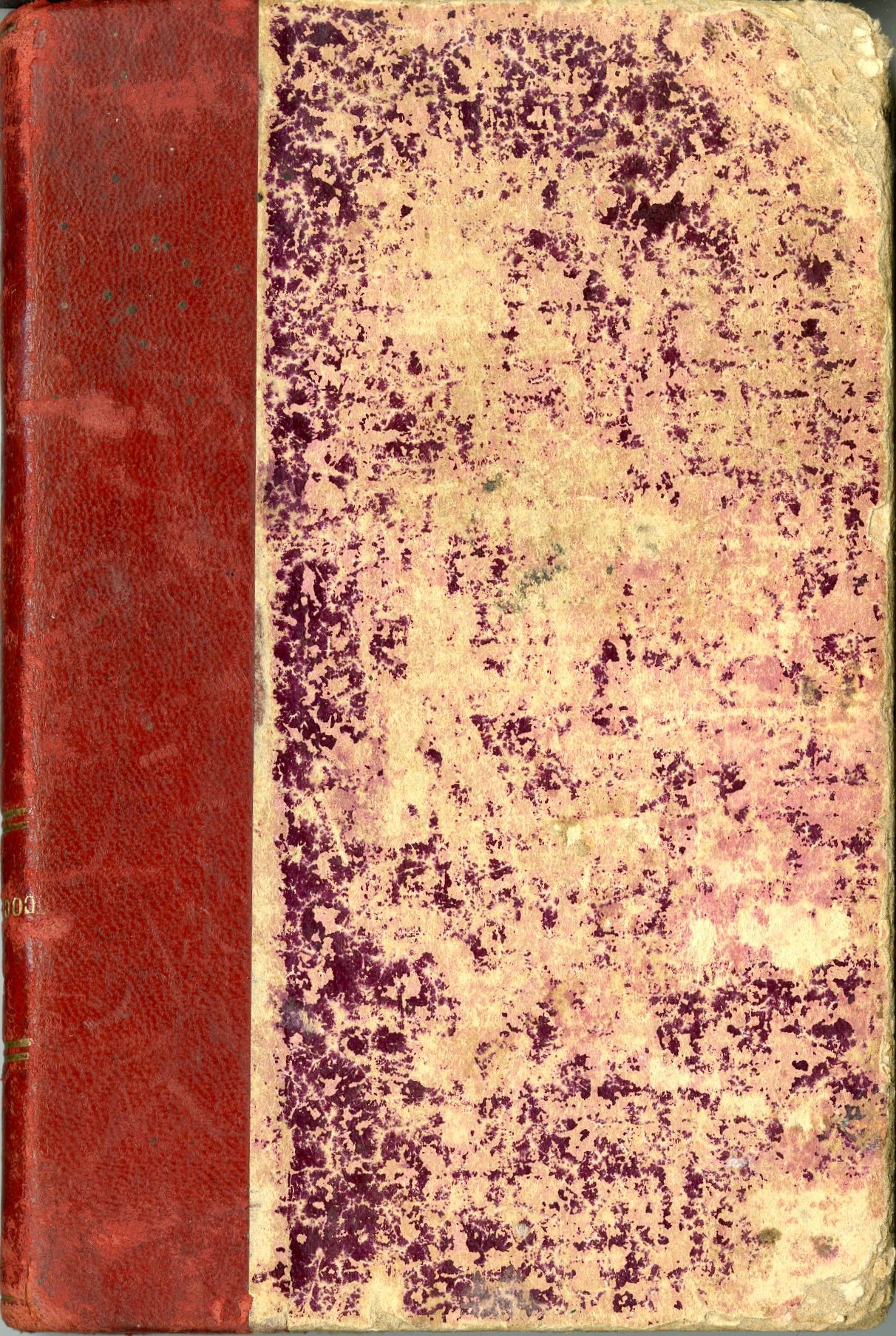 Manual Del Cocinero. México: Antigua Imprenta de Murguía, 1906. P. 141.
Manual Del Cocinero. México: Antigua Imprenta de Murguía, 1906. P. 141.
In addition to last week’s cinnamon-almond ice cream, another interesting recipe from Manual Del Cocinero is its variation on mole poblano. On reading the ingredients, I was surprised to see that this recipe contains no chocolate. However, I found that the numerous spices complement the chiles and meld together into an intensely spicy, savory dish.
There are numerous legends of how mole poblano’s originated. According to one popular account, nuns of Puebla created the dish around 1680 in honor of a visit from the Viceroy Tomàs Antonio de la Cerda y Aragón. A more humorous version of legend attributes mole to a priest accidentally tipping a tray of mixed spices into the stew pot. Such legends are difficult to substantiate, as the documentary trail for mole poblano becomes very thin before the 19th century.[1]

Linguistically, mole derives from the Náhuatl word molli (sauce), and traditionally, the indigenous metate was used to crush and blend the ingredients. However, although key ingredients such as chiles and (often) chocolate originate in the Americas, the technique and combination of ingredients is very similar to medieval European cuisine. In medieval and renaissance Europe, spices from Asia were used to indicate wealth, often in combinations including cinnamon, cloves, peppercorns, garlic, sugar, wine, and ground almonds. Thus, as 17th century creoles prepared mole poblanoin New Spain, they may well have thought of it not as a new creation, but as the food of the Spanish nobility, adapted to include available ingredients.[2]

Mole recipes appear in several 19th century cookbooks, including El Cocinero Mexicano…(1831) and Novisimo Arte de Cocina…(1831), the first two cookbooks published in Mexico, and La Cocinera Poblana (1877), which features a particularly large selection of moles. Novisimo Arte de Cocina’s recipe is served over pork and turkey, and calls for pasilla and ancho chiles, tomatillos, cloves,
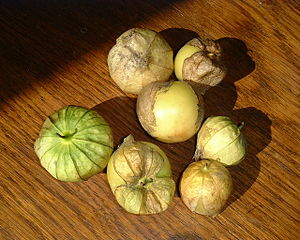
cinnamon, pepper, coriander, and sesame seeds.[5] El Cocinero Mexicano’s mole poblano is a very simple sauce served over turkey, made from pasilla and ancho chiles, cloves, cinnamon, and tomatillos, with sesame seeds scattered on top.[6] Interestingly, neither these, nor the recipes in the 1877 Cocinera Poblana contain chocolate, the ingredient considered so essential to the slightly-sweet, chocolatey moles one encounters in late 20th and early 21st century cookbooks.
Although not evident in this particular 1906 cookbook, the addition of chocolate to mole most likely occurred gradually over the first half of the 20th century [7]. The original recipe from Manual Del Cocinero (1906) is included below, followed by a translation.

Mole Poblano
Para un guajolote una libra de chile pasilla, más pasilla que ancho, se tuesta en la lumbre, se muele cuartillo y medio de tomates cocidos, una cabeza de ajo asado en la lumbre, se tuesta una poca de pimienta, clavo, canela, cominos, tortilla y un poco de anís, de todo esto un tanto regular. Todo esto se tuesta (menos el agenjibre ó ajonjolí) y unas pocas de pepitas de chile; adviértase que de todas las especias se muelen aparte, y el chile, jitomate ó tomate junto. Se pone á cocer el guajolote, con sal, y asi que está cocido se pone el sartén con manteca suficiente, y asi que está bien caliente, se le echan las especias á que se frían muy bien, y estando fritas se les echa el chile, el tomate y su sal: así que todo está bien frito, se le echa el guajolote, y caldo suficiente con el que se cocio el guajolote y estando espeso, se aparta.

Mole Poblano
For one turkey, use a little more than half a pound of pasilla chile, and a little less than half a pound of ancho chile. Roast over the fire. Grind 1 ½ cuartillos of boiled tomatillos and a head of garlic roasted over the fire. Toast a little pepper, clove, cinnamon, cumin, a tortilla and a little anise, being careful not to over-roast or burn. Toast all the spices together (except the ginger and sesame, which should be toasted separately) along with a few chile seeds. Note that the spices are ground separately from the chile and the tomatoes or tomatillos (which are ground together). Boil the turkey with salt. Once it is cooked, put sufficient lard in a pan, and once it’s hot, toss in the spices and fry well. Once the spices are fried, add the chile , tomatoes or tomatillos and salt: once everything is well fried, put in the turkey, and enough of broth that the turkey was cooked in, once the sauce thickens, set aside.
Mole Poblano – interpretation for the 21st century kitchen (using cut-up chicken)

Yield: ~24 servings
Preparation time: 30 min
Cooking Time: ~45 min (does not include cooking chicken)
Ingredients

- One 8 pound turkey (or two 3-4 pound chickens, thawed and rinsed inside and out and cut into serving pieces, or 6-8 pounds of chicken parts, thawed and rinsed.)
- 12 cups chicken broth
- Just over ½ pound chile pasilla
- Just under ½ pound chile ancho
- 1 ½ to 2 pounds of tomatillos or tomatoes
- 1 head of garlic
- 6 peppercorns
- 6 whole cloves
- 1 cinnamon stick
- 1-2 tsp. cumin seeds
- 1 small dried tortilla
- 1/2 tsp. anise seeds
- 2 in. ginger root
- 6-8 T. sesame seeds
- salt, to taste
- 1 tablespoon reserved chile seeds (from de-seeding chiles)
- lard or vegetable oil
Directions

- Toast the chiles in a dry skillet on the stovetop. Cut off the stems and de-seed (reserve 1 tablespoon of seeds).
- Roast the head of garlic (in the oven or in the skillet, if broken into cloves)
- Place the tomatillos or tomatoes in a pot, cover with water, and bring to a boil.
- Simmer tomatoes or tomatillos for 10 minutes.
- Use a blender to grind the tomatoes/tomatillos, garlic, and chiles together with 2-4 cups of the chicken broth. This will need to be done in 2-3 batches.
- 6. Toast the peppercorns, cloves, cinnamon, cumin, and anise in a dry skillet on the stovetop and grind them with a mortar and pestle (or spice grinder). Also toast and crumble the tortilla.

- Separately, toast the sesame seeds and grind them to a paste.
- Mince the piece of ginger root.
- To boil rinsed and cut-up chickens: Bring 12 cups chicken broth to a boil in a large stockpot. Add the chicken pieces, and simmer over low heat until just tender—25-60 minutes, depending on how much chicken is being prepared. A meat thermometer in the thickest part of a breast or thigh should read at least 165* Fahrenheit. Remove from heat and let the chicken cool slightly. Reserve the broth.
- Drain the chicken, but reserve broth. Remove meat from the bones and shred coarsely. You may include some of the skin for extra flavor. Season with salt as necessary.
[1] Jeffrey Pilcher, Que Vivan los Tamales!: Food and the Making of Mexican Identity (Albuquerque: University of New Mexico Press, 1998), 25.
[2] Ibid., 25-26.
[3]Rachel Laudan and Jeffrey Pilcher, “Chiles, Chocolate, and Race in New Spain: Glancing Backward to Spain or Looking Forward to Mexico?”, Eighteenth-Century Life 23, no. 2 (1999): 66.
[4] Jeffrey Pilcher, Que Vivan los Tamales!: Food and the Making of Mexican Identity (Albuquerque: University of New Mexico Press, 1998), 48.
[5] Simón Blanquel, Novisimo Arte de Cocina, (México : Impreso en la oficina del C. Alejandro Valdés, 1831), 34.
[6] El Cocinero Mexicano… Vol. 2 ( Mexico : Imprenta de Galvan…, 1831), 191.
[7] de la Vega, Iliana, e-mail message to author, September 19, 2012.
Image Credits:
Badagnani, Pasilla Chiles, CC-BY-3.0 (https://creativecommons.org/licenses/by/3.0)], accessed September 27, 2012, https://commons.wikimedia.org/wiki/File:Pasillachiles.jpg.
Jorge Barrios, Cloves, [Public domain], accessed September 27, 2012, https://commons.wikimedia.org/wiki/File:Cloves.JPG.
Carstor, Dried fruit of Capsicum annuum cv. ‘Poblano’ (called ‘Ancho’ when dried), [CC-BY-SA-2.5 (https://creativecommons.org/licenses/by-sa/2.5)], accessed September 27, 2012, https://commons.wikimedia.org/wiki/File:Capsicum_annuum_ancho_dried.jpg.
Dvortygirl, Close-up of black peppercorns, Piper nigrum, in mortar and pestle, CC-BY-SA-3.0-2.5-2.0-1.0 (https://creativecommons.org/licenses/by-sa/3.0)], accessed September 27, 2012, https://commons.wikimedia.org/wiki/File:Black_peppercorns_with_mortar_and_pestle.jpg.
Kpjas, Garlic, [CC-BY-SA-2.5 (https://creativecommons.org/licenses/by-sa/2.5)], accessed SEptember 27, 2012, https://commons.wikimedia.org/wiki/File:Czosnek.jpg.
Jitender Kumar, Sesame Seeds, [Public domain], accessed September 27, 2012, https://commons.wikimedia.org/wiki/File:Sesame_seeds.JPG.
Malte, Tomatillo, accessed September 27, 2012. https://commons.wikimedia.org/wiki/File:Tomatillo.jpg.
Miansari66, Cumin Seed Whole, [Public domain], accessed September 27, 2012, https://commons.wikimedia.org/wiki/File:Cumin_seed_whole.JPG.
Sam Mugraby, Cinnamon, [CC-BY-2.0 (https://creativecommons.org/licenses/by/2.0)], accessed September 27, 2012, https://commons.wikimedia.org/wiki/File:Cinnamon-other.jpg.


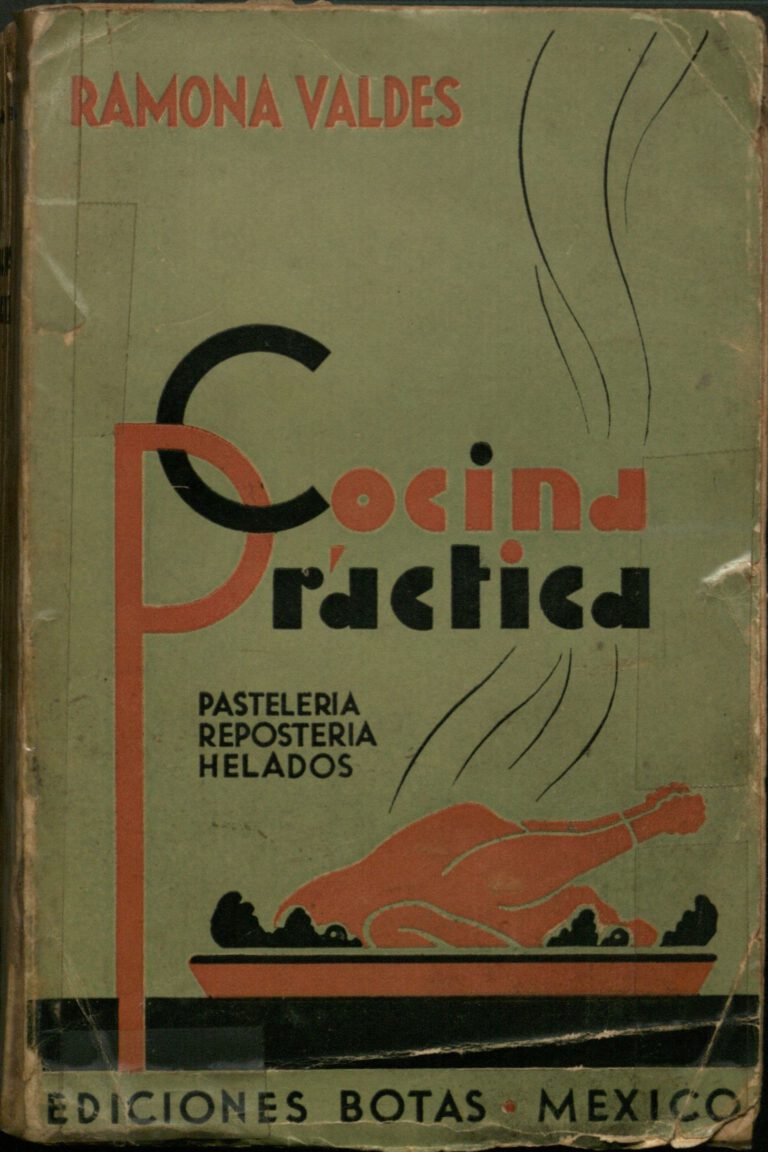
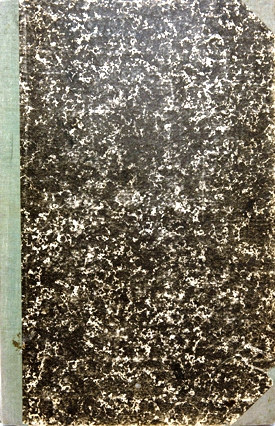

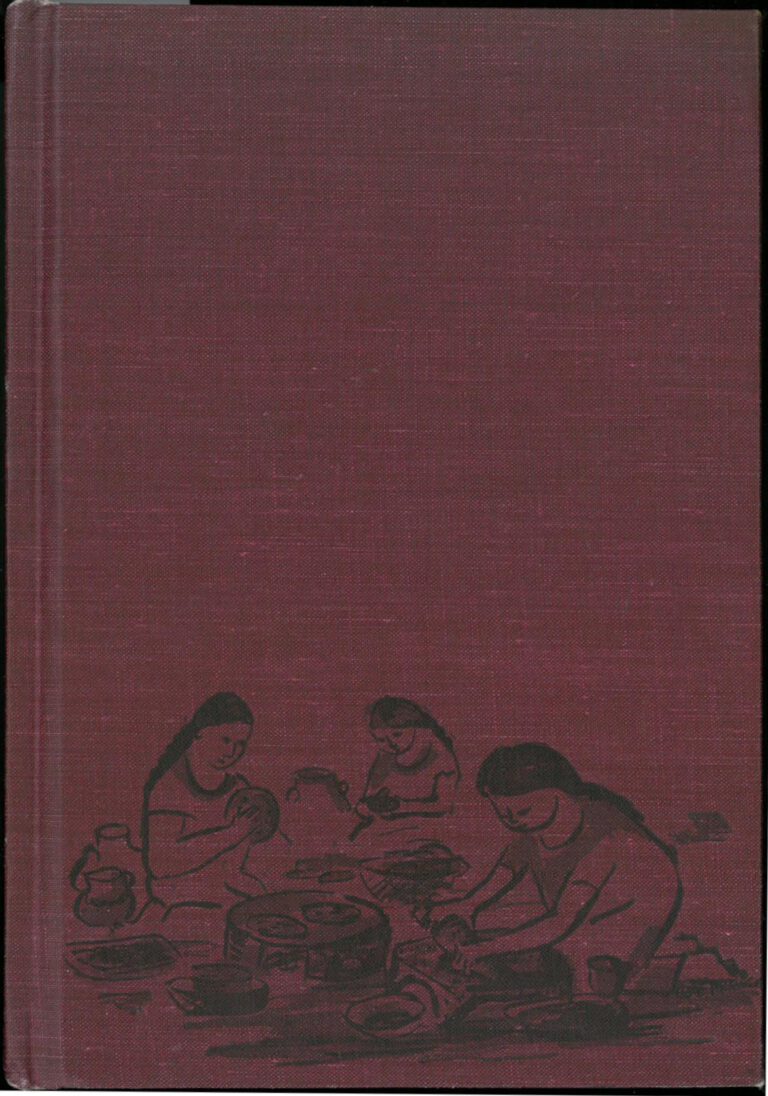
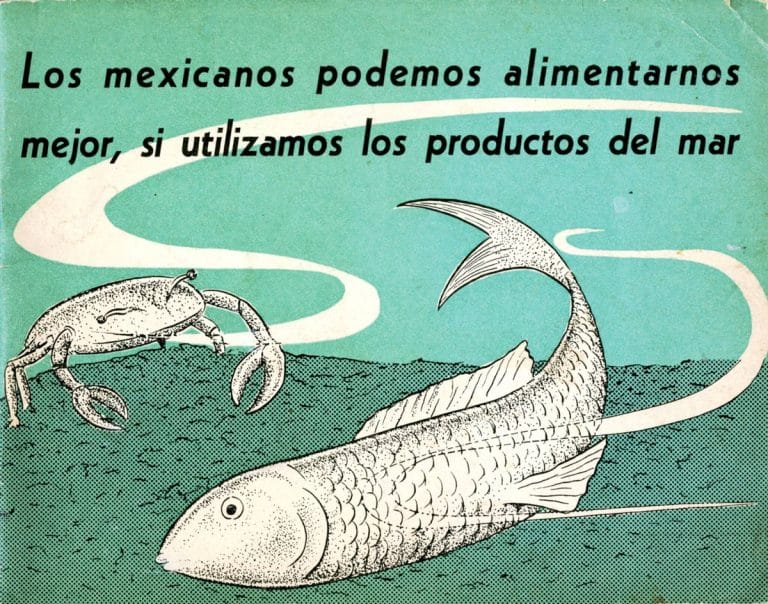
4 Comments